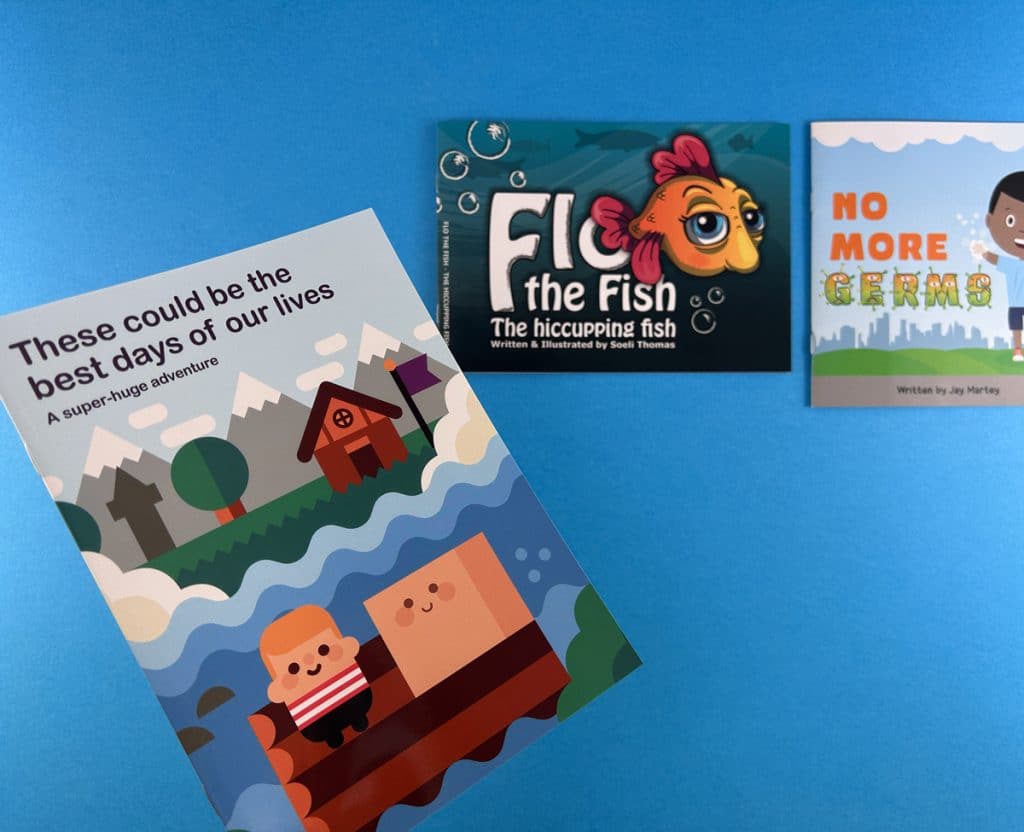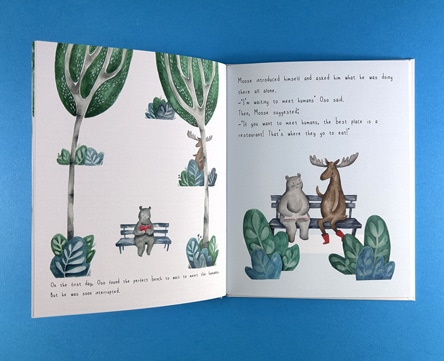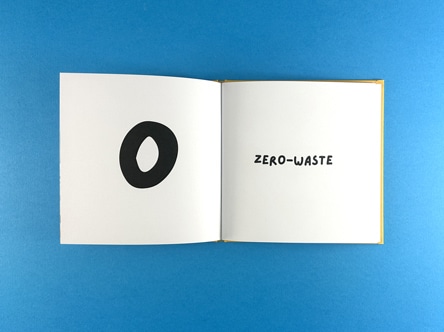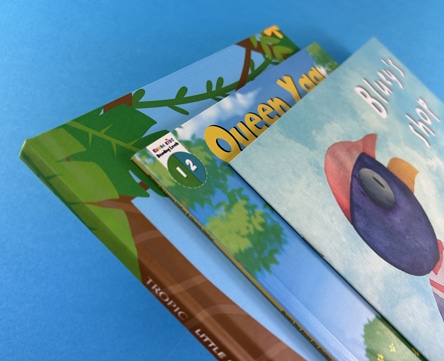Phonics Book Printing: Design and Production Best Practices


Opening the Book on Printing and Design
Thanks for stopping by Ex Why Zed, where we’re eager to share insightful information and best practices to aid your phonics book printing journey. The magic of teaching spelling and language lies in how expertly crafted phonics books stimulate young minds, building a solid foundation for literacy.
Delightful and engaging, phonics books aren’t just any ordinary school book printing project. They require a special touch, a thoughtful consideration of design elements, and a careful selection of printing styles and materials.
So, whether you’re an author, an educator, or a parent looking to create customised classroom resources, let’s dive into the first half of the technical aspects of producing phonics books that are not just educational, but also best-sellers in their own right.
Imaginative Design: Laying the Foundation for Success
Enthralling Illustrations

Phonics books are a storytelling journey, a vibrant canvas where letters and sounds come to life. Each page should house illustrations that are as captivating as they are informative. Draw your young readers into the story with illustrations that mirror the sounds and words being taught. Remember, in the realm of phonics books, imagination reigns supreme!
Eye-Catching Typography

Just as rhyming adds rhythm to reading, a good choice of typeface can amplify the impact of your phonics book. Keep your lettering clear, with distinct shapes for each letter, so children can easily recognise and learn them. Pair this with an appropriate font size to ensure readability, and you’ll have a typeface that not only communicates but also engages.
Strategic Colour Use
In the world of phonics book design, colours are your best friends. Not only do they make the pages eye-catching, but they can also play a part in comprehension. Associate different sounds or letters with different colours to give children a visual cue to remember them by.
Layout Considerations
A well-thought-out layout ensures that your book is easy to follow and engaging. Make sure there’s a balance between text and imagery, allowing for plenty of whitespace so your readers don’t get overwhelmed. A clear, clean layout allows the important elements – the phonetic sounds and words – to really stand out.
I hope you’re finding this insightful so far. It’s a good time to take a breather and digest these initial design considerations. We’ll delve deeper into the production side of phonics book printing in the next part. Are you ready to proceed?
Explore your options with our school book printing services

Production Excellence: Printing Your Phonics Masterpiece
Once you’ve nailed the design, it’s time to bring your creation to life. The next stage of your journey delves into the realm of printing – where your engaging designs take physical form. Let’s explore the different printing options and material choices that can truly set your phonics book apart.
Choosing the Right Printing Method
Two common methods used in the educational publishing sector are digital and offset printing. Digital printing is an ideal choice for short runs and personalised books, where each copy might be slightly different. Offset printing, on the other hand, is excellent for large quantities, delivering consistent, top-tier results.
Selecting Quality Materials
The materials used in your book can greatly impact its longevity and user experience. A sturdy paper type can handle eager little hands turning pages. A glossy finish might make your colourful images pop, but a matte finish could reduce glare, making it easier on young eyes. Carefully consider what materials best suit the purpose and audience of your book.
Binding: Keeping It Together
Binding options can dictate how well your phonics book withstands its adventurous journey with a child. Options such as saddle stitching, perfect binding, or spiral binding each have their advantages. For instance, a spiral-bound book can lay flat, making it easier for a child to handle while reading.

FAQs: Best Practices in Phonics Instruction
Finally, let’s address some frequently asked questions related to teaching phonics and producing phonics books.
Q1: What are the best practices for teaching phonics? Teaching phonics involves a multi-sensory approach that engages auditory, visual, and kinesthetic pathways. Involving children in active learning with engaging phonics books, song, dance, and games is a notable best practice.
Q2: What teaching practices are considered best when teaching phonics and phonemic awareness? Systematic and explicit instruction, combined with individualized attention and the use of engaging phonics books, are considered effective practices when teaching phonics and phonemic awareness.
Q3: What are the four key principles of effective phonics instruction? The four key principles of effective phonics instruction include explicit and systematic instruction, integrating phonics with reading comprehension strategies, providing ample practice opportunities, and individualized instruction.
Q4: What are the three methods of teaching phonics? There are three primary methods of teaching phonics: synthetic, analytic, and analogy phonics. Each approach has its merits, and often a variety of these methods is used.
Phonics books are more than just a resource for learning. They’re a passport to a world of literacy for young learners. Taking the time to carefully design and produce these books can greatly impact their effectiveness and the learning journey they provide.
Get started with your own Phonics Book Project today



